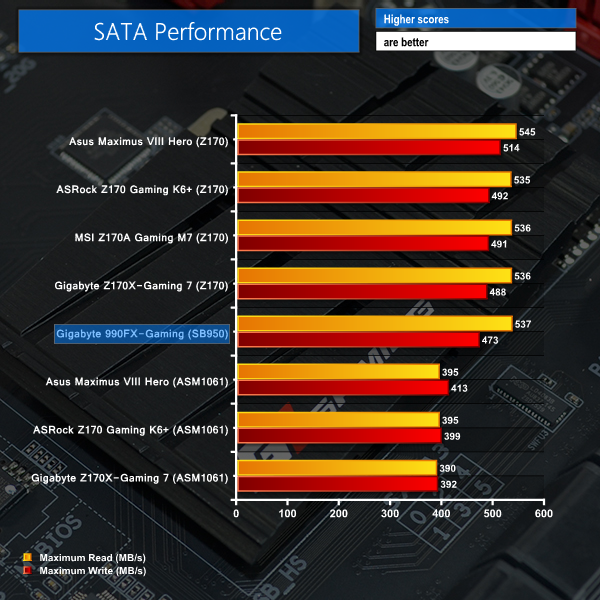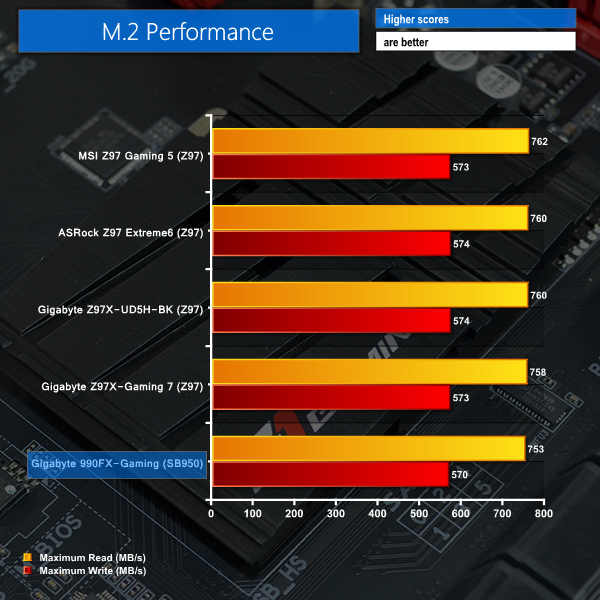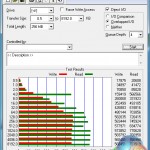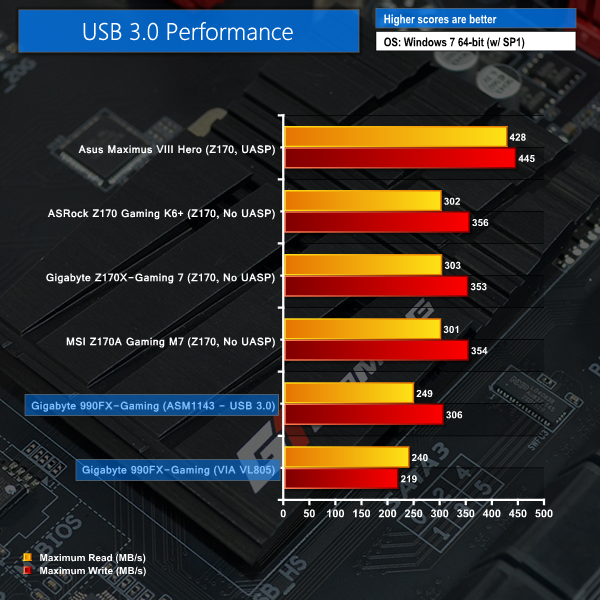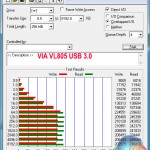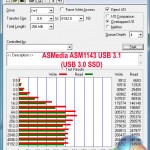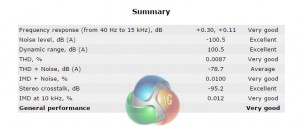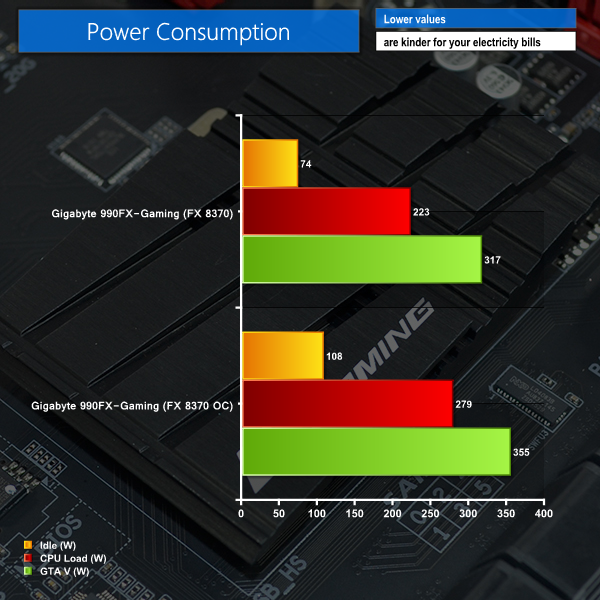SATA
For SATA 6Gb/s testing we use a Kingston HyperX 3K (SandForce SF-2281) SSD.
SATA 6Gbps performance from Gigabyte's motherboard is solid. Intel Z170-based solutions tend to be a little faster, but the margin is small.
M.2
For M.2 testing we use a Plextor M6e 256GB PCIe SSD.
M.2 performance when using a PCIe 2.0 x2 Plextor M6e SSD is without bottlenecks. The bottlenecks will, however, be clear when a fast M.2 SSD, such as Samsung's 2.5GBps-capable 950 Pro, is used.
USB 3.0
We tested USB 3.0 performance using the Kingston HyperX 3K SSD connected to a SATA 6Gb/s to USB 3.0 adapter powered by an ASMedia ASM1053 controller. The test system uses Windows 7 with SP1 as the OS.
USB 3.0 performance from the VIA-fed ports is poor. This is due to the bandwidth from a single PCIe 2.0 x1 lane being shared between four USB 3.0 connections. Connecting further devices to the USB 3.0 ports will continue to reduce the speed.
Speed from the ASMedia ASM1142-fed USB 3.1 ports is not much better. With that said, both solutions should be capable of saturating the transfer rate potential of a USB 3.0 HDD, which is more likely to be used than an external SSD for users of this motherboard.
Audio
We use RightMark Audio Analyzer (RMAA) to analyse the performance of the motherboard’s onboard audio solution. A sampling mode of 24-bit, 192 kHz was tested.
General performance from the AMP-UP audio solution on Gigabyte's 990FX-Gaming motherboard is rated as Very Good, according to RMAA. The noise level and dynamic range performances are particularly strong.
Power
We measured the power consumption with the system resting at the Windows 7 desktop, representing idle values.
The power consumption of our entire test system (at the wall) is measured while loading only the CPU using Prime95′s in-place large FFTs setting. The rest of the system’s components were operating in their idle states, hence the increased power consumption values (in comparison to the idle figures) are largely related to the load on the CPU and motherboard power delivery components.
We also record power draw at the wall while the final car chase section of GTA V’s benchmark is running. We pick this section due to it consistently tasking the CPU with the highest load of the entire benchmark.
High power consumption numbers are associated with the high TDPs of AMD's CPU and the accompanying hardware (including the chipset). While overclocking has proven to deliver clear gains in CPU-heavy workloads, that added performance does come at the expense of increased power draw.
The strong power delivery system on the Gigabyte 990FX-Gaming motherboard was able to feed the over-volted FX 8370 CPU. And with an overclocked load power draw of just under 280W, the sizeable heatsink that Gigabyte deploys across the VRM and Northbridge looks to be a smart move.
 KitGuru KitGuru.net – Tech News | Hardware News | Hardware Reviews | IOS | Mobile | Gaming | Graphics Cards
KitGuru KitGuru.net – Tech News | Hardware News | Hardware Reviews | IOS | Mobile | Gaming | Graphics Cards


